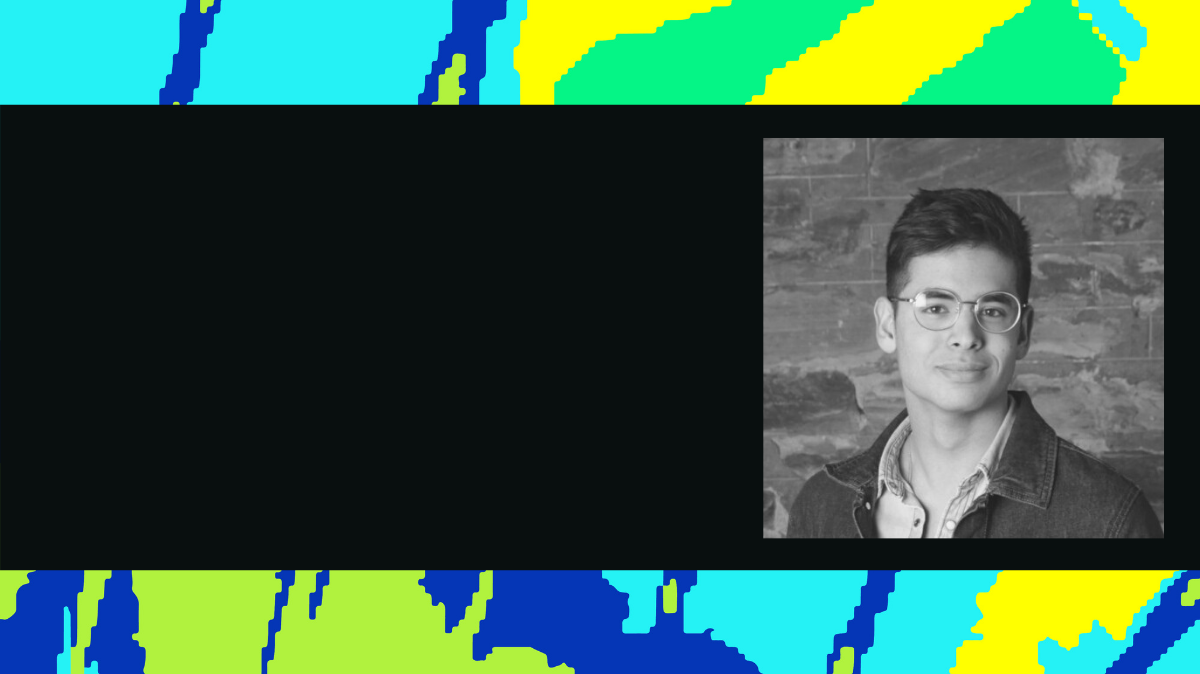Posted 22 Jul

Words by Walter Marsh
From near-invisible retouching to entire worlds composed inside a computer, digital effects are a staple of modern film-making. At Rising Sun Pictures, Nik Shankar-Noble helps provide the technical solutions that underpin the wizardry.
“The work we do, it’s an interesting merger of being very technical and very artistic,” Nik explains. “I’m obviously on the technical side, where essentially we try and support the artists to be creative and focus on the art side. But there are a lot of technical challenges in making these movies, particularly around organising and having everything fit together.”
As anyone who has sat in an emptying cinema waiting for a glimpse of a ‘post credits’ teaser, today’s blockbusters are team efforts that span companies, continents and countless creatives. For effects-heavy films like Thor: Ragnarok or Cats, Nik is a small but important cog in a sprawling, inter-connected chain of production.
“We have somewhere around the range of 150-200 people, but there are other companies numbering in the thousands of artists,” he says. “There’s a number of branches depending on the type of shot you’re developing, but eventually that all funnels into the ‘comp’ department, who basically put together what you see on the screen.”
Each company and project operates with its own ‘pipeline’, the precise order or configuration of which can change from project to project, and shot to shot. “Depending on the shot, the pipeline could be quite different; for a movie with furry characters you go through modelling and textures — essentially the colouring of the shapes — and then grooming for the fur, and then shading which would be how light interacts with that geometry.”
With premiere dates set far in advance and multimillion budgets at stake, any time or productivity lost if the pipeline becomes jammed adds up unless people like Nik are able to iron out these complex workflows and tools.
“There might be something that’s either slowing down an artist’s work, or they’re not able to do, and that’s where we’ll come in. Whether that’s writing code or changing workflow in order to unlock them to keep working on the movie.
“A lot of what we do is kind of project agnostic, but particularly for larger projects there’ll be a certain amount of time where we’ll have to go in and have particular solutions for that one project.”
From the earliest days of filmmaking, the vision of storytellers has brought forth innovative solutions, creating emergent technologies and techniques which in turn inspire fresh creativity.
“It’s about finding a balance between stability and innovation,” he says. “It’s really challenging, trying to balance innovation with keeping up with project schedules; essentially you have artists who need those tools in order to meet their deadlines and keep a schedule on track, and trying to do that while developing something where you’re still figuring out how it’s going to work is challenging.”
While filmmaking remains a competitive industry, a new breakthrough can inspire industry-wide innovation. “Often a company will innovate to meet the demands of a specific film, then everyone goes ‘oh wow’, and it kind of unlocks that new potential of what you can do.”
With different companies working across shared projects from different studios, this has resulted in a sort of cross-pollination, with a greater push towards open source solutions that ensure the latest developments in storytelling and technology are a tide on which all boats rise.
“There’s been a bigger push towards open source collaboration between companies, which is really exciting I think. There’s an acknowledgement that we’re all fundamentally working on the same problems, and we can all develop our own very similar solutions and all move slowly, or we can start to share some of that innovation and everyone moves quicker.”
For Nik, who cut his teeth making 3D animations as a high school student before scoring a job at Rising Sun while at university, the realities of working in the industry — with its non-disclosure agreements, secure servers and closely-guarded scripts — is a lot more complicated than experimenting on his computer at home.
“When I originally joined [the industry] my hope was to move into the art side, but once I was there I just really enjoyed the problem solving, really loved the technical side.”
It has, of course, also changed the way he watches films, whether it’s finally watching sequences his team has worked on in isolation finally slot together into a narrative, to inevitably scrutinising the handiwork and artistry of his industry peers.
“It’s taken a little bit of the wonder out of visual effects because a lot of the time you’re thinking about how it’s done rather than the end result,” he laughs. “But I still love movies.”